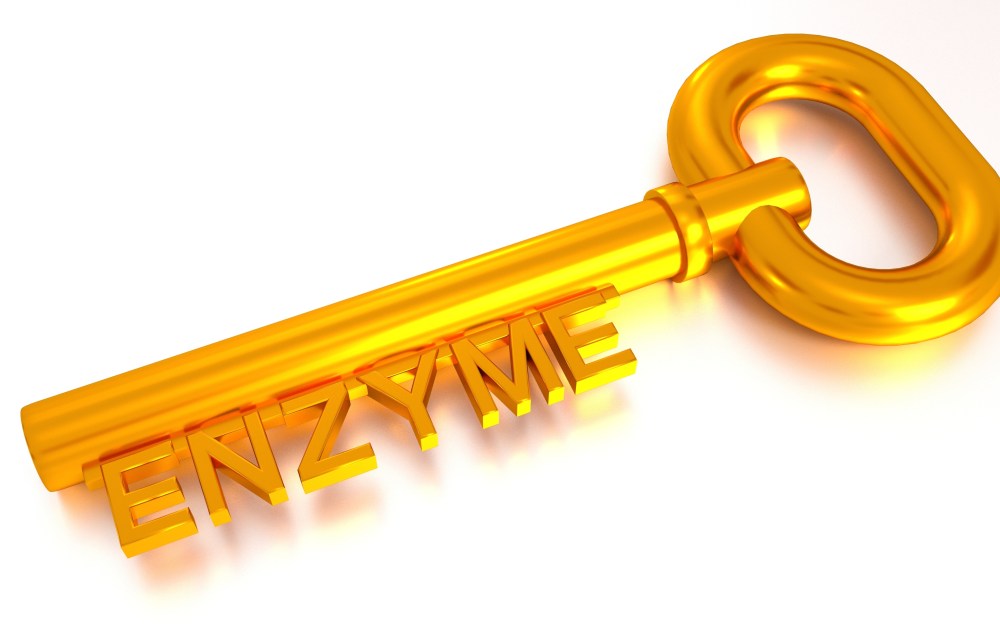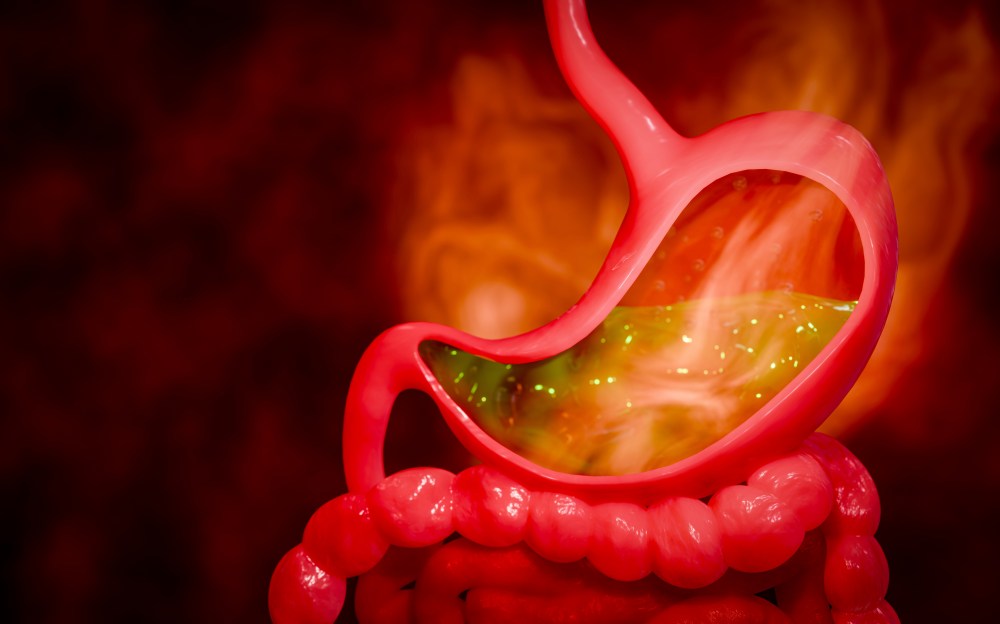At a glance
Apple cider vinegar may help alleviate leg cramps by supporting the body’s production of a compound that enables muscles to relax after contracting and promoting mineral absorption. When properly diluted, ACV can promote healthy muscle function, particularly when combined with adequate hydration and a balanced electrolyte intake.
Do you suffer from exercise-associated muscle cramps or experience recurring nighttime leg cramps?
Drinking apple cider vinegar (ACV) is an incredibly effective way to help get rid of cramping muscles fast. ACV boosts acetylcholine, a neurotransmitter that regulates nerve cells and triggers muscle tissue to relax.
Let’s look at how you can use apple cider vinegar mixed with water to help avoid leg cramps and what other steps you can take to prevent muscle spasms.
What is a leg cramp?
A leg cramp, also known as a charley horse, is a sudden and often painful involuntary contraction of a leg muscle.
Leg cramps can develop in any leg muscle, but most commonly occur in the calf. They typically last a few seconds, but some suffer leg cramps lasting up to several minutes.
While muscle cramping is often triggered by exercise or stretching, muscle spasms can also happen without apparent reason or suddenly occur at night in bed.
A study published in BMC Family Practice found that almost a third of people aged 50 and older experience nighttime leg cramps. The authors found “Sleep disturbances, which may seriously affect well-being and quality of life, are common among patients with nocturnal leg cramps.” 1
While leg spasms can be painful and inconvenient, they typically are nothing to be concerned about.
However, in some cases, cramps can indicate peripheral artery disease or kidney disease. It’s crucial to consult with your doctor if you are experiencing persistent and recurring cramps to rule out an underlying medical condition.
Watch the video below to learn how to use apple cider vinegar to mitigate cramping.
What causes a leg cramp?
Involuntary muscle tightening can be triggered by several factors. Here are the most common causes of leg cramps.
Medication
Certain medications can interfere with the transmission of electrical impulses between the nervous system and skeletal muscles.
Prescription drugs for high blood pressure and high cholesterol, as well as prednisone, can interfere with normal muscle function and increase the risk of muscle cramps.
Electrolyte depletion
Electrolyte imbalances are one of the most common causes of muscle cramps. Potassium, sodium, calcium, and magnesium are the four main electrolytes that play a vital role in many aspects of health.
Electrolytes carry charged particles that relay signals from the nervous system to muscle cells, stimulating muscles to contract and relax. Electrolyte imbalance impairs this process and can quickly cause muscle spasms.
Potassium is one of the most important electrolytes. Together with magnesium, it regulates the contraction and relaxation of muscle tissue. Low potassium and magnesium levels can cause muscles not to relax properly, resulting in cramps.
Dehydration
Dehydration and electrolyte imbalances are often closely related. When the body is dehydrated, electrolyte levels may be too concentrated, which disrupts normal nerve signaling and muscle relaxation.
In addition, dehydration also leads to decreased blood flow to muscle tissue and can cause a build-up of lactic acid in muscle cells, interfering with normal muscle function and resulting in a leg cramp.
Alkalinity
Although the pH of blood is tightly controlled and ranges between 7.35 and 7.45, other body fluids have a different pH and can become too alkaline.
Electrolytes require a slightly acidic pH to function correctly. Factors such as stress and drinking too much water can deplete healthy acids, resulting in a more alkaline environment that increases the risk of muscle spasms and soreness.
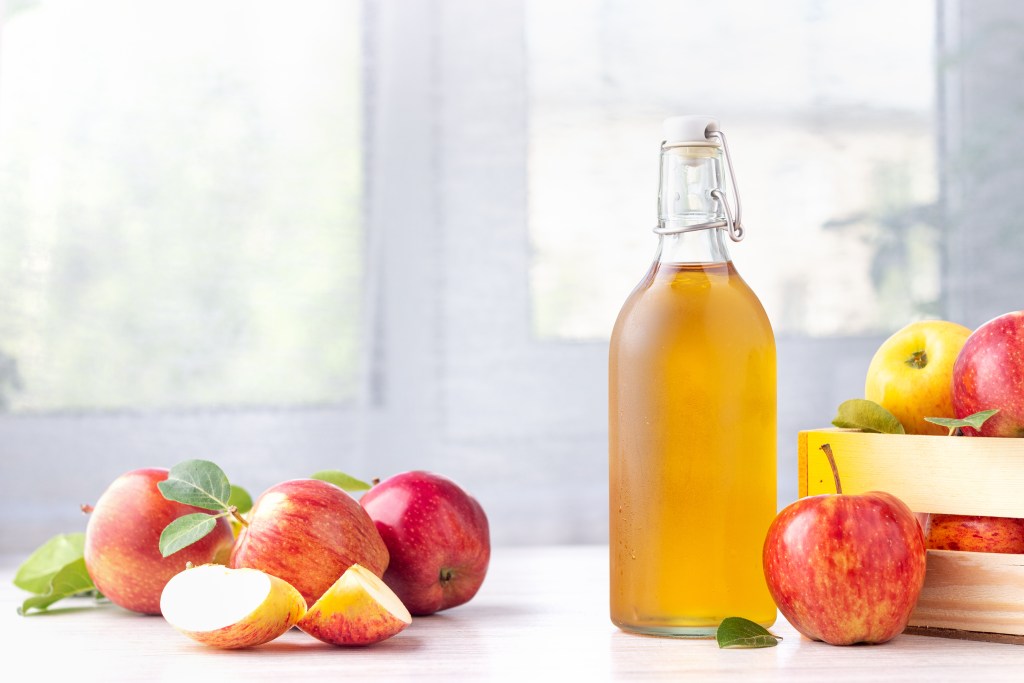
How does ACV stop leg cramps?
“ACV is one of the most effective home remedies to combat leg cramps,” explains Dr. Berg. “ACV is a rich source of acetic acid, a natural organic acid that lowers the risk of muscle spasms.”
Acetic acid boosts the production of acetylcholine, an important neurotransmitter that triggers the movement of electrolytes in and out of muscle cells to contract and relax the muscle.
What’s more, acetic acid helps regulate pH balance, which is needed for the cellular transport and utilization of electrolytes that maintain normal muscle function.
How to use ACV for muscle relief
Incorporating apple cider vinegar into your routine may help support muscle comfort.
Mix one tablespoon (15 milliliters) of organic apple cider vinegar with six ounces (177 milliliters) of water and drink once or twice daily to help promote muscle relief.
Drinking apple cider vinegar before bed may be beneficial if you experience leg cramping during the night.
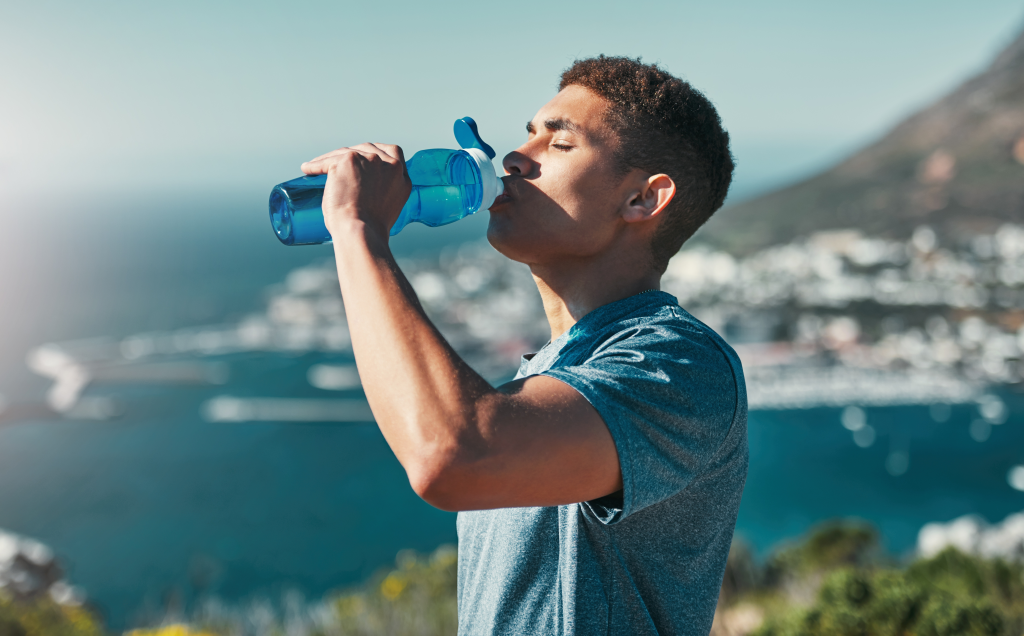
More tips for reducing muscle cramps
While acetic acid is incredibly beneficial for overall health and reduces the risk of cramps, individuals with stomach ulcers or gastritis should not consume ACV.
Fortunately, there are plenty of other steps that you can take to avoid muscle cramping.
Stay hydrated and prioritize electrolyte-rich foods
Drinking plenty of water and replenishing electrolytes with electrolyte-rich food sources is one of the most important steps in preventing muscle spasms in the first place.
However, it’s best to avoid sports drinks as many of them can actually cause dehydration and weight gain due to their high sugar content and imbalanced electrolyte ratios.
Instead, opt for naturally electrolyte-rich, low-carb whole foods such as sea salt, leafy greens, avocados, and fermented vegetables including sauerkraut to support hydration and muscle function.
Interestingly, research published in the BMJ of Sport and Exercise Medicine found that drinking pure water after dehydration makes muscles more prone to cramping. However, when electrolyte-rich sources were included, the risk of muscle cramp susceptibility was reduced.2
Drink kombucha
Kombucha is a fermented tea with potent anti-inflammatory properties that has been used for centuries to support digestive health and promote normal musculoskeletal function.
The benefits of Kombucha are rich in electrolytes and acetic acid, the same natural acid in apple cider vinegar, which explains why regularly consuming this fermented beverage may help reduce the frequency of muscle cramping and pain.
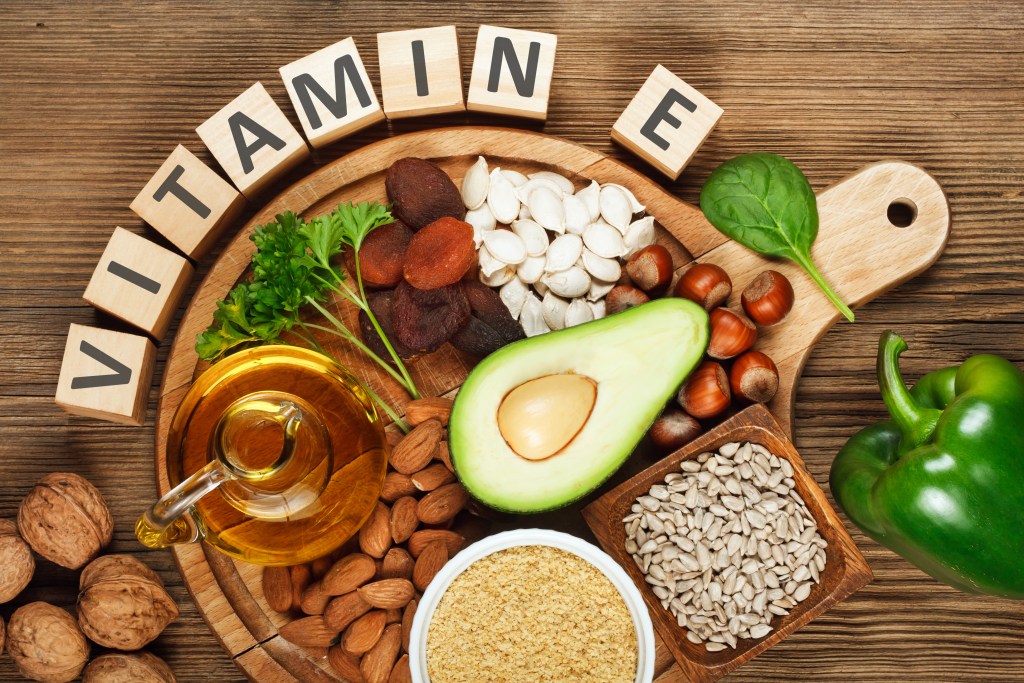
Incorporate vitamin E-rich foods
While leg cramps are often caused by electrolyte imbalances or dehydration, muscle cramps may also be caused by a vitamin E deficiency.
Vitamin E promotes the uptake and utilization of oxygen in muscle cells, and a deficiency can cause impaired muscle tissue oxygenation, which can trigger or worsen cramps.
In addition, vitamin E supports endurance performance and muscle strength, which may lower the risk of cramping muscles.
Regularly consuming vitamin E-rich foods may be beneficial if you experience cramps despite drinking enough water and consuming electrolyte-rich foods.
Vitamin E-rich foods include:
- Sunflower seeds
- Almonds
- Avocado
- Lettuce
- Spinach
- Chard
- Cabbage
- Kale
- Asparagus
Wear comfortable shoes
Women who often wear high heels are at greater risk of leg cramps than those who wear comfortable and flat shoes.
High heels can cause a permanent strain on the calf and can, over time, shorten the calf muscle, increasing the likelihood of cramps and foot conditions such as plantar fasciitis.
Continuous muscle contractions caused by wearing heels can also impair the blood supply to muscle tissue, resulting in a lack of nutrients, oxygen, and electrolytes, which can significantly contribute to muscle spasms in the leg.
This is also relevant when addressing heel pain, as shown in strategies for curing plantar fasciitis in one week.
Key takeaways
- Leg cramps are painful spasms caused by involuntary muscle contractions, affecting more than a third of adults over 50.
- Vinegar, particularly apple cider vinegar, supports normal muscle relaxation by promoting acetylcholine production and helping maintain electrolyte balance.
- Staying hydrated and consuming foods rich in electrolytes and vitamin E further support muscle comfort and function.
- Individuals with stomach ulcers or acid sensitivity should consult a healthcare provider before using apple cider vinegar regularly.
FAQ
1. Why does vinegar stop leg cramps?
Apple cider vinegar (ACV) is rich in acetic acid, a natural acid that’s converted into acetylcholine. This critical neurotransmitter regulates normal muscle contraction and relaxation.
2. What kind of vinegar is good for cramps?
All vinegar contains acetic acid, which can help promote normal muscle function.
However, compared to regular white vinegar, ACV has significantly more nutrients, including potassium, an essential electrolyte needed for the proper contraction and relaxation of muscle tissue.
3. How much apple cider vinegar should I drink for leg cramps?
To help prevent muscle cramps, it’s best to drink ACV once or twice daily. Mix one tablespoon (15 milliliters) of ACV with six ounces (177 milliliters) of water and drink immediately.
4. Why does apple cider vinegar help with leg cramps?
The acetic acid in ACV promotes the production of the neurotransmitter acetylcholine, which regulates muscle function and signals muscle tissue to relax.
ACV also helps balance the body’s pH, increasing cellular transport and utilization of electrolytes such as potassium and magnesium needed for muscle health.
5. What stops cramps in the legs fast?
ACV and other sources of acetic acid, such as kombucha or pickle juice, can help stop leg cramps fast. Staying hydrated and consuming electrolyte-rich foods also helps maintain normal muscle function and can ease muscle spasms.
6. Why does drinking pickle juice stop leg cramps?
Pickle juice contains acetic acid, the same natural acid found in ACV. Acetic acid promotes electrolyte signaling and stimulates acetylcholine production, supporting normal muscle relaxation and helping stop muscle cramps.
7. How do I use apple cider vinegar for leg cramps?
To stop leg cramps, it’s best to drink one tablespoon of ACV mixed with six ounces of water. If you suffer from leg cramps during the night, consume an ACV drink half an hour before bedtime.
8. Does apple cider vinegar relieve muscle spasms?
Yes, ACV can help relieve muscle spasms. ACV promotes the production of muscle-relaxing acetylcholine and is a rich source of potassium, an electrolyte that promotes normal contraction and relaxation of muscle tissue.
9. How much apple cider vinegar should I drink for leg pain?
Drinking one tablespoon of ACV mixed with six ounces of cold or warm water twice a day helps most people to prevent or significantly reduce leg cramps.
10. What is the best home remedy for severe leg cramps?
Dehydration and electrolyte imbalances are the most common causes of severe leg cramps. Drinking ACV, staying hydrated, and consuming electrolyte-rich foods are the most effective home remedies for severe leg cramps.
11. Does apple cider vinegar have other health benefits?
Compared to most other vinegars, ACV is considerably more nutritious and has more health benefits than regular white vinegar.
ACV has potent antibacterial properties that may help combat infections such as sore throat or mouth infections. Its antimicrobial effects may also help eliminate odor-causing bacteria, and many people use ACV mixed with water in a spray bottle as a natural deodorant.
12. Do I need to drink apple cider vinegar mixed with water?
Yes. Apple cider vinegar is highly acidic, and it’s crucial to dilute it with water to avoid damage to your teeth and throat.
Sources
- https://www.ncbi.nlm.nih.gov/pmc/articles/PMC5330021/ ?
- https://www.ncbi.nlm.nih.gov/pmc/articles/PMC6407543/ ?





